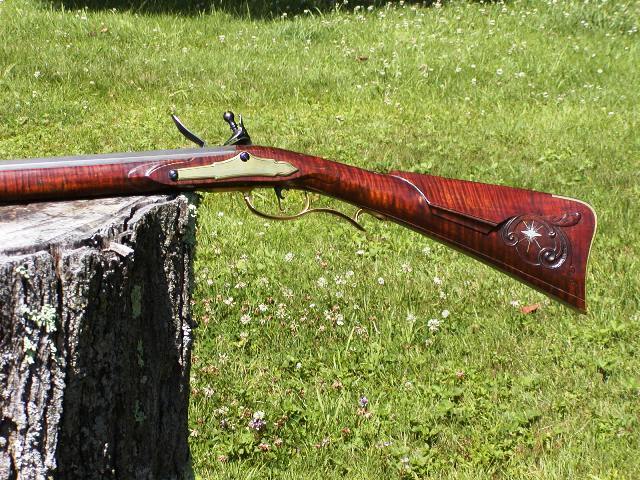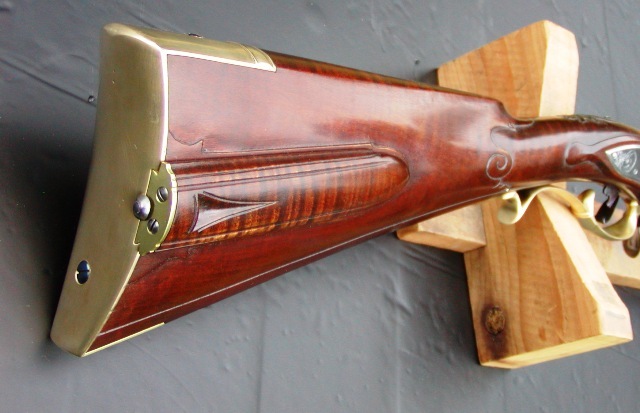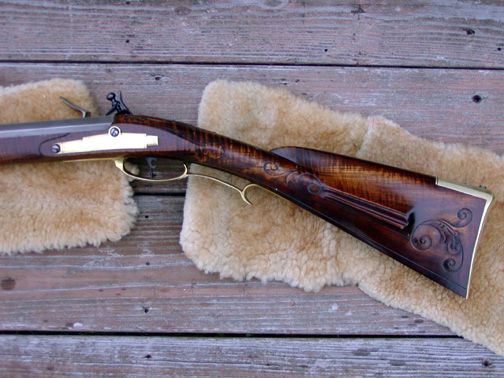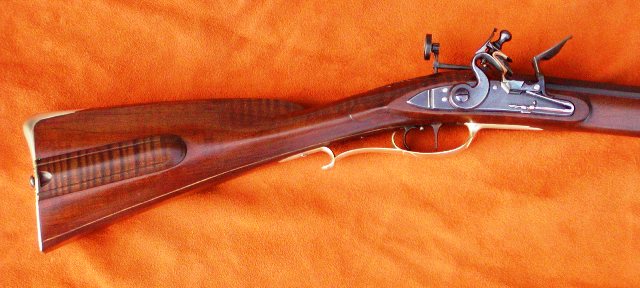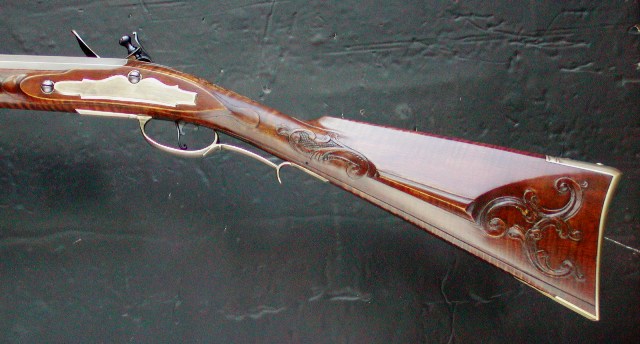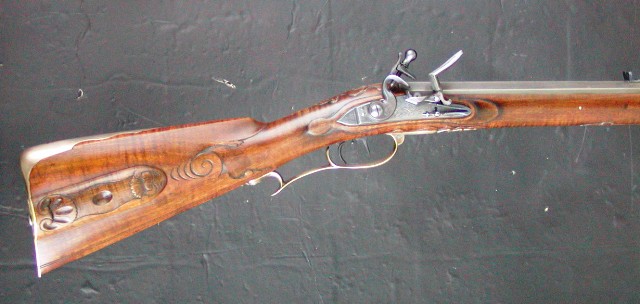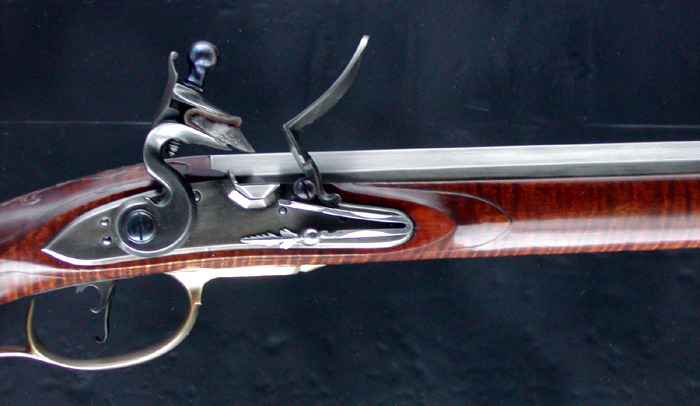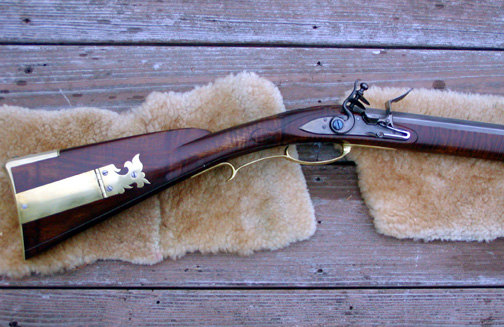Smooth shooter, have you studied the work of well known colonial gunsmiths? The idea that gunsmiths made whatever the customer ordered has no data to support it. It’s a popular modern notion I hear often. Let’s see one example of a signed 1760-1790 rifle by a maker with a recognizable style, made in a different style. Let’s see a JP Beck, a Christian Oerter, a John Bonewitz, an Amstrong, a Sell, a Schroyer, a Neihardt, and so on, that they made and signed, which is not in their primary style, and IS made in a recognizable style from another maker or geographical area. There are documented instances of a gunsmith moving to a new gun making center and adopting the local style. Andreas Albrecht adopted a Lancaster style when he moved to Lancaster. That’s a far cry from making whatever any customer that wandered in desired.
The idea that a gunsmith would make whatever style a customer wanted has several underlying assumptions:
1) The shop was not busy with orders in its usual style.
2) The shop somehow imagined that making wooden prototypes to use for casting new style guards and buttplates would be sensible, economically.
3) The customer was not sensible enough to go where guns he liked were made.
4) The customer was stuck on a style. And he already had a gun in that style. Otherwise his would the gunsmith know exactly what it looked like?
I could go on. But I am easily convinced by data.







